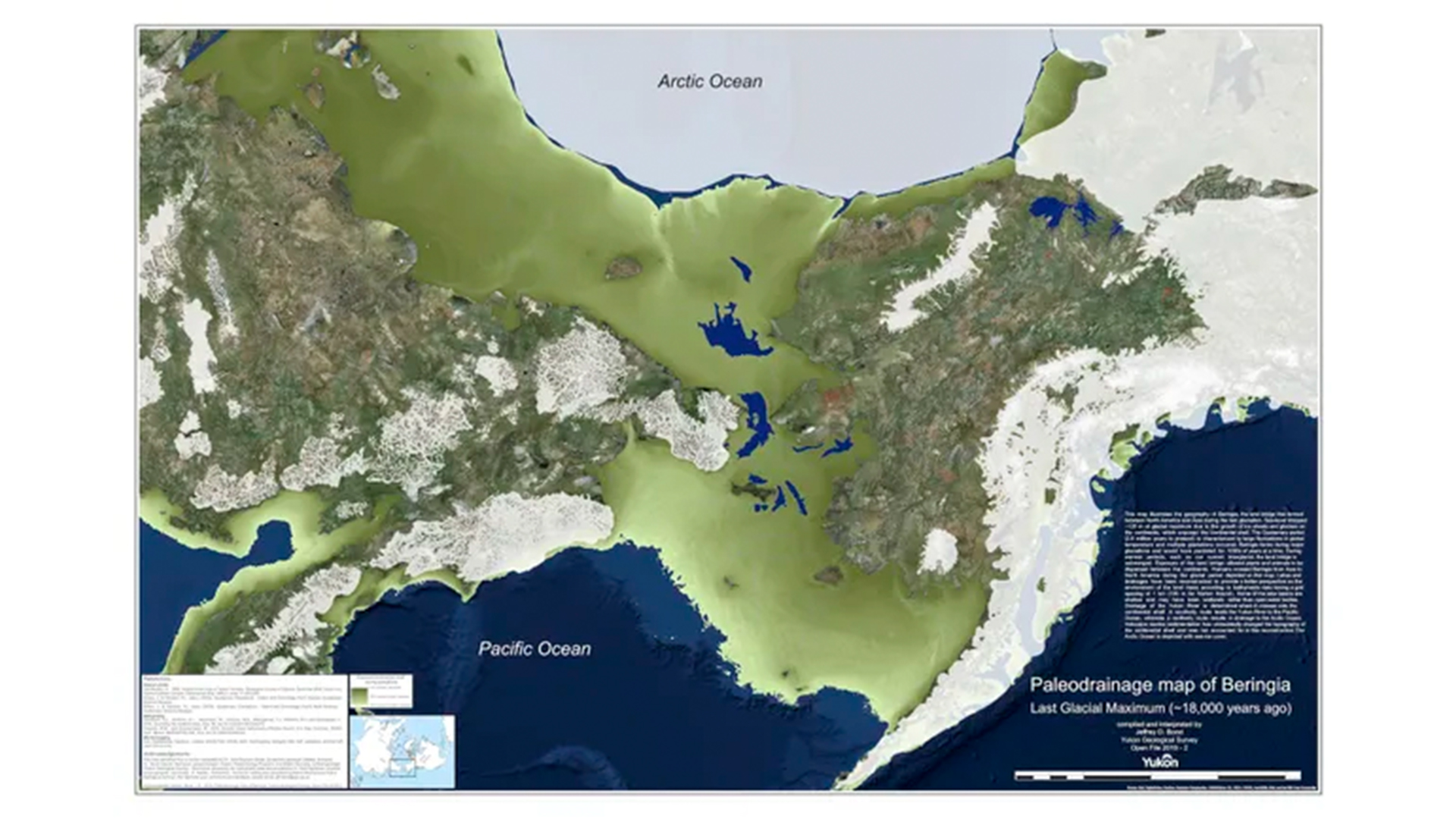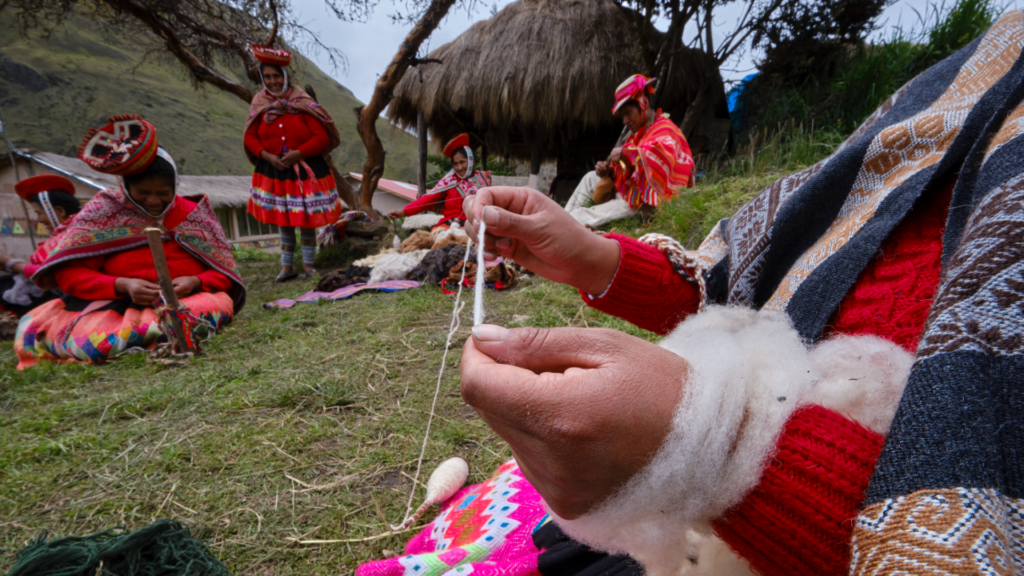During the last ice age, humans crossing from Asia along the Bering Land Bridge underwent three major population splits as they traveled through the Americas, a new genetic analysis reveals. This journey, which the team identified as the “longest human migration out of Africa,” led to a group that settled in Patagonia 14,500 years ago.
In a study published Thursday (May 15) in the journal Science, an international team of scientists detailed their analysis of 1,537 genomes of people from 139 different ethnic groups to identify genetic characteristics of the earliest Americans.
“Many Indigenous populations are small and genetically unique,” study co-author Hie Lim Kim, a population genomics professor at Nanyang Technological University in Singapore, told Live Science by email. “One of the main findings of our study is their extremely low genetic diversity.”
By analyzing genetic material collected by the GenomeAsia 100K consortium, which includes data from Asian populations whose ancestors made early migrations into the Americas, Kim and her team were able to identify the genetic background of Indigenous people throughout the Americas and pinpoint three key time periods when they split up.
The first population split occurred between 26,800 and 19,300 years ago during the Last Glacial Maximum, the researchers wrote in the study, as Indigenous Americans split from North Eurasian people. These dates are consistent with Native American presence at White Sands in New Mexico in the form of ancient footprints and vehicle drag marks dated to 23,000 to 21,000 years ago.
Related: Ancient Indigenous lineage of Blackfoot Confederacy goes back 18,000 years to last ice age, DNA reveals

According to the study, the next major population split happened between 17,500 and 14,600 years ago, when the Indigenous population in North America split, and some people made their way south. This Mesoamerican group then split rapidly into four native genetic lineages around 13,900 years ago, the researchers wrote: Chaco Amerindians or ancestral Pueblo peoples in the southwest U.S. and Amazonians, Andeans and Patagonians in South America.
“Our estimation actually fits well with the archaeological records” of people in Patagonia, Kim said, which place people living in the furthest southern reaches of the continent by about 14,500 years ago. “It takes some time to accumulate genetic differences between the populations after they have settled in different regions in South America,” Kim explained.
But as people made their way into the new continent tens of thousands of years ago, they experienced a reduction in their genetic diversity — due first to geographic barriers, and later to populations being decimated after the arrival of European colonists.
One key loss, the research team discovered, was in the variation in human leukocyte antigen (HLA) genes. A high diversity of HLA genes in a population is important for immune system health. Previous studies found that, in regions such as Southeast Asia with a high number of disease-causing organisms, there was a higher diversity of HLA genes. But in the Indigenous South American genomes, the team found that there was significantly lower diversity in the HLA genes, which may have led to these people being more vulnerable to novel pathogens, Kim said.
The researchers wrote in the study that one of their aims is to emphasize the special medical needs of contemporary Indigenous peoples, as some have gene variants associated with problems like adverse drug reactions.
“Most existing medicines were developed based on studies of European populations, often excluding Indigenous populations,” Kim said. “It is critical to provide tailored healthcare and disease prevention strategies that consider their specific genetic profiles.”
